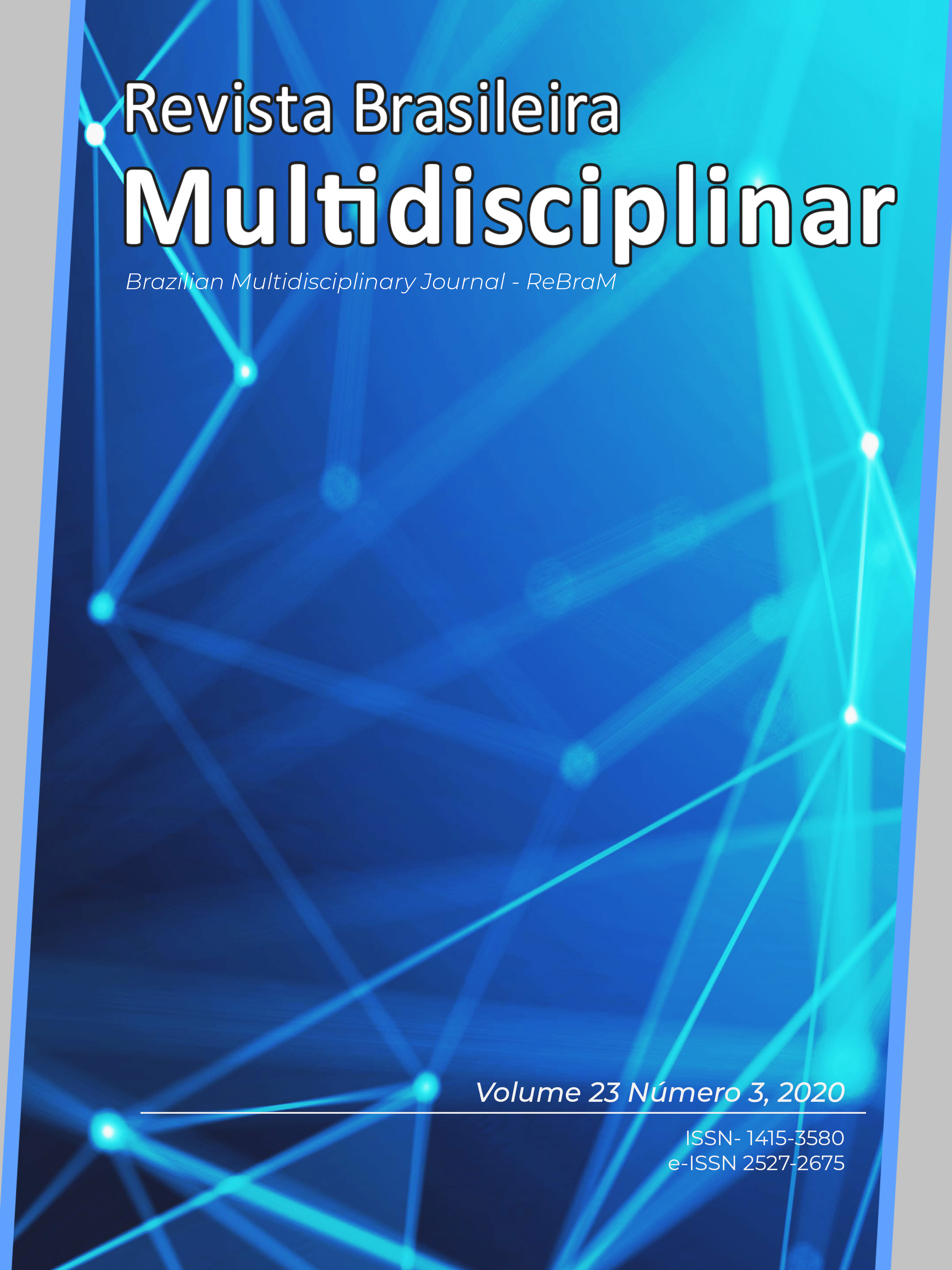Plasma convalescente como alternativa ao tratamento aplicado à Covid-19
Main Article Content
Abstract
COVID-19 is an infectious disease that has spread rapidly around the world, characterizing a pandemic. Its etiologic agent is SARS-CoV-2, which promotes respiratory infections, mainly with symptoms equivalent to the common cold, but also complications, especially in patients with comorbidities. So far, there are no reports of medication, available to the population, capable of controlling the proliferation of the virus. In this context, an alternative that emerges and is also being discussed is the use of convalescent plasma (CP). Therefore, this study aimed to present a possible therapeutic resource for the care of patients infected with SARS-CoV-2 using CP, based on evidences from the literature. To achieve this goal, databases, such as Google Scholar, Scielo, Science Direct and PubMed, were used to search for evidences. Among the keywords used can be mentioned: “Coronavirus”, “COVID-19”, “SARS-CoV-2”, “convalescent plasma” isolated or in combination. The CP consists of plasma from patients who have already had the disease and recovered, serving as a source of specific antibodies of human origin, since there was the development of humoral immunization against the infectious agent. Therefore, in this case, the intention is to perform a CP transfusion for patients who are sick, neutralizing the pathogen and eventually leading to its eradication of blood circulation, since the antibody circulates in the blood, reaches tissues and protects against infections. There are not many studies available in the literature on the topic yet, but they already show promising results, including those associated with previous evidence of other viral infections such as Ebola, H5N1, H1N1 and measles. It is concluded that convalescent plasma may be a potential therapy for patients infected with SARS-CoV-2 with the highest risk involved. Serious adverse reactions associated with the use of CP have not been described, but an improvement in the condition compared to no treatment.
Downloads
Article Details
• The author (s) warrant that the contribution is original and unpublished and that it is not in the process of being evaluated in other journal (s);
• The journal is not responsible for the opinions, ideas and concepts issued in the texts, as they are the sole responsibility of the author (s);
• Publishers have the right to make textual adjustments and to adapt the article to the rules of publication.
Authors retain the copyright and grant the journal the right of first publication, with the work simultaneously licensed under the Creative Commons Attribution License, which allows the sharing of work with acknowledgment of authorship and initial publication in this journal.
Authors are authorized to take additional contracts separately, for non-exclusive distribution of the version of the work published in this journal (eg publish in institutional repository or as book chapter), with acknowledgment of authorship and initial publication in this journal.
Authors are allowed and encouraged to publish and distribute their work online (eg in institutional repositories or on their personal page) at any point before or during the editorial process, as this can generate productive changes as well as increase the impact and citation of the published work (See The Effect of Free Access) at http://opcit.eprints.org/oacitation-biblio.html





